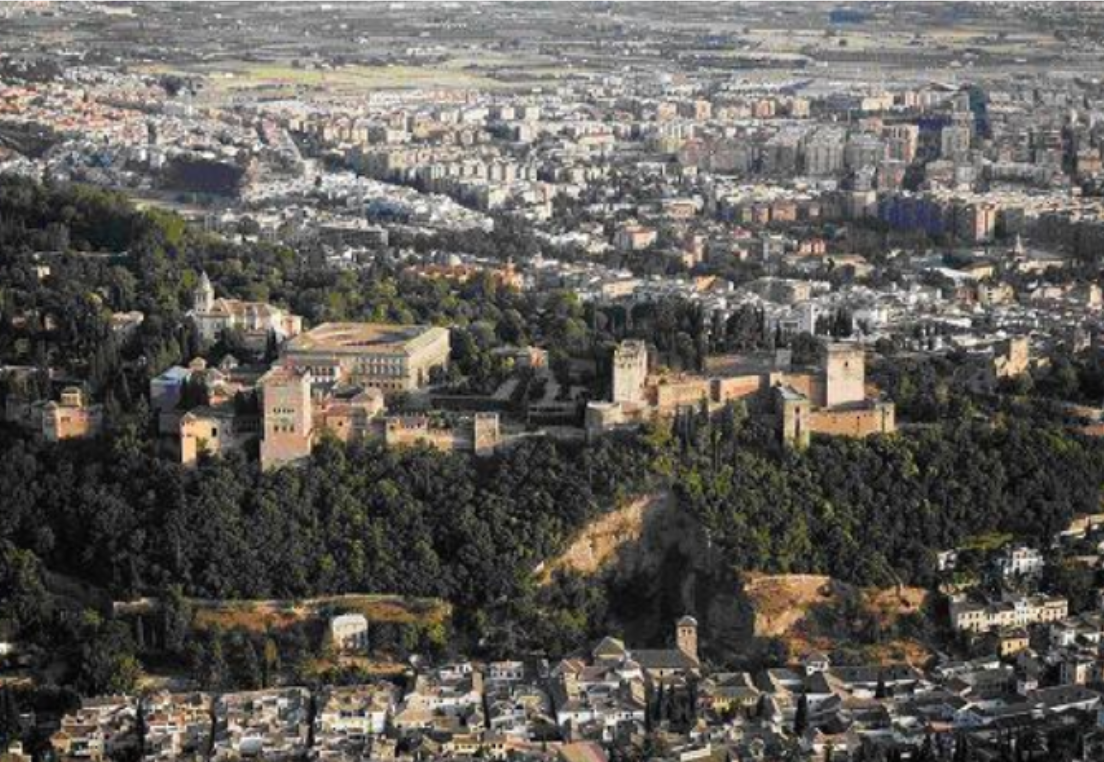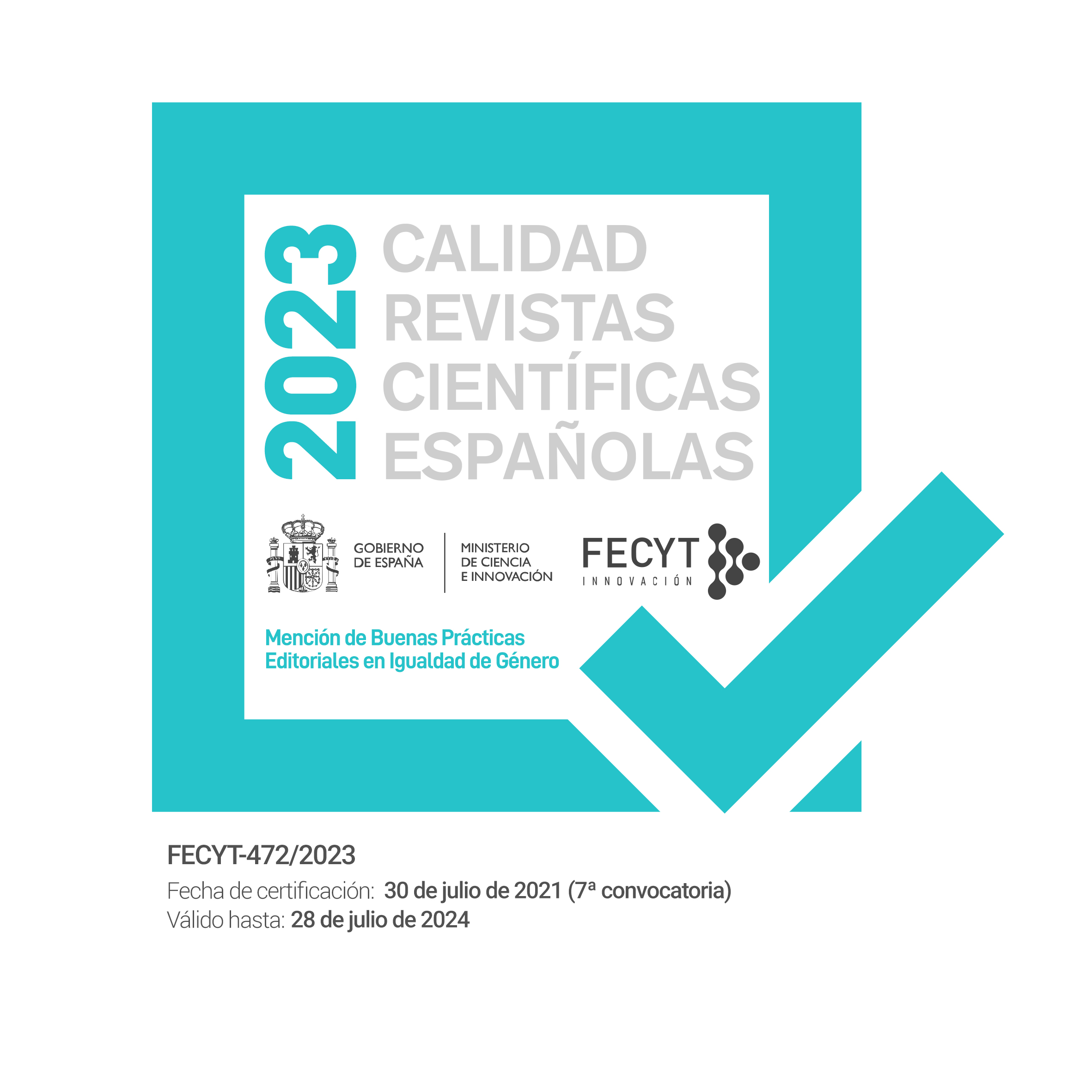Primera aproximación al paisaje de la Alhambra. Significado, percepción y oportunidades para su preservación.
Mots-clés :
Contexto territorial y paisajístico de la Alhambra, Valores patrimoniales intactos del Valle del Darro, Escenario integral y equilibrado para la protección, Conservación y uso, Espacio para la convergencia social e institucionalRésumé
En la construcción mental de la Alhambra, el observador mezcla las representaciones visuales, sensaciones y sentimientos que le produce la percepción del Monumento en relación con el Albaycin, el Valle del Darro, la Vega y Granada, los cuales aparecen ante él como partes armónicas de una única realidad física.
Desde este enfoque proponemos un debate sobre la oportunidad de configurar un escenario integral y equilibrado para la protección, la conservación, el uso y la aproximación estética a estos espacios monumentales, urbanos, rurales y vegetales que conforman el contexto territorial y cultural vinculado a la Alhambra.
Téléchargements
Références
ALBELDA, José y SABORIT, José (1997). La construcción de la naturaleza. Col.”Arte, estética y pensamiento”, Valencia, Generalitat Valenciana.
ARDENNE, Paul (2002). Un art Contextuel, Flammarion, Paris.
BOETTGER, Suzaan (2002). Eathworks. Art and the landscape of the sixties. University of Claifornia Press.
BRANDIS, D.; RIO, I. ( 2006). La imagen de la ciudad histórica y el turismo. En ORTEGA
CANTERO, N (ed.), Imágenes del paisaje, Madrid, Fundación Duques de Soria y Universidad Autónoma de Madrid, pp. 199-227.
BUSQUETS, Jaume.; CORTINA, Albert (Coords.) (2008). Gestión del Paisaje, Barcelona: Ariel.
CASTILLO RUIZ, José. (2003).” Patrimonio y desarrollo local; Sí pero...”. Boletín del Instituto de Patrimonio Histórico Andaluz (Sevilla), 42, pp. 89-90.
CASTILLO RUIZ, José.; ISAC MARTÍNEZ DE CARVAJAL, Ángel; FERNÁNDEZ
ADARVE, Gabriel. (2001). Delimitación de la Alhambra como Monumento y su entorno. Declaración de Bien de Interés Cultural. Granada.
CHAMORRO MARTÍNEZ, Victoria Eugenia (2006). La Alhambra: El Lugar y el Visitante. Granada: Patronato de la Alhambra, pp. 159-240.
COLINGWOOD, R.G. (1965). The Idea of Nature, Oxford Paperbacks.
CRUZ PÉREZ, Linarejos (2007). Caratterizzazione dei paesaggi archeologici: una proposizione metodologica, en il paesaggio “archeologico” Resti e contesti: prospettive de condivisione su tutela e valorizaazione. Paestum, Ministero per I Beni e le Activitià Culturali, Italia. El proyecto Plan de Paisajes Culturales, en Civilización y Paisaje, V Congreso Rehabilitación Sostenible del Patrimonio Cultural; Salas, Principado de Asturias.
GARCIA, M; CALLE, M. (2005).Nuevas estrategias para la renovación del producto turístico urbano: El caso de las ciudades Patrimonio de la Humanidad. En VIII Forum Internacional sobre las ciencias, las técnicas y el arte aplicadas al marketing. Madrid. Universidad Complutense de Madrid. Facultad de Ciencias Económicas y Empresariales, pp. 386-414.
GARCIA PULIDO, José. (2008). Análisis evolutivo del territorio de la Alhambra (Granada): El cerro del Sol en la antigüedad romana y en la edad media. Tesis doctoral, Granada, 10 de febrero de 2008. Dir.: Antonio Orihuela Uzal, Julio Navarro Palazón. (Inédita)
HENÁRES CUÉLLAR, Ignacio. (1999). Reflexiones sobre la necesaria operación entre administraciones en la gestión del Patrimonio. Boletín del Instituto Andaluz de Patrimonio Histórico. (Sevilla), 27, pp.124-125.
LÉVI-STRAUSS, Claude. (1964). El pensamiento salvaje, México, F.C.E.
MARTINEZ DE PISON, Eduardo (2009). Miradas sobre el paisaje.
MATEU BELLÉS, J. F.; NIETO SALVATIERRA, M. (2008). Retorno al paisaje. El saber filosófico, cultural y científico del paisaje en España; EVREN Evaluación de Recursos Naturales, Valencia.
NOGUÉ, Joan (Ed) (2007). La construcción social del paisaje.
PADRÓ WERNER, J. (2005). Patrimonio, territorio y desarrollo turístico sostenible. En Azcárate Bang, Tomás de; Jiménez Herrero, Luís; Martín Cabrera, Cipriano (Eds). Diálogo sobre Turismo, Diversidad Cultural y Desarrollo Sostenible. Forum Barcelona 2004. Ed. Instituto de Turismo Responsable. Madrid.
PANOFSKY, Erwin. (1983). La perspectiva como forma simbólica (1927), Barcelona, Tusquets. El significado de las artes visuales, Madrid, Alianza.
ROGER, Alain (2007). Breve tratado del paisaje (Ed. de Javier Maderuelo).
TROITIÑO VINUESA, M.A. (2005). Potencialidades y límites en el uso turístico del patrimonio cultural. Diálogo sobre turismo, diversidad cultural y desarrollo sostenible. Forum Barcelona 2004. Instituto de Turismo responsable. Madrid, pp. 83-88.
WARNKE, Martin, (1994). Political landscape, The Art history of Nature, Reaktion Books.
ZOIDO NARANJO, F. (2002). El paisaje y su utilidad para la Ordenación del territorio, en paisaje y ordenación del territorio. Sevilla, pp.21-32.
ZOIDO. F.; VENEGAS, C. (Coord.) (2002). Paisaje y Ordenación del Territorio. Consejería de Obras Públicas y Transportes, Sevilla.

Téléchargements
Publié-e
Comment citer
Numéro
Rubrique
Licence
Las/os autoras/es conservan los derechos de autoría y otorgan a la revista el derecho de primera publicación (reproducción, edición, distribución, comunicación pública y exhibición).
Más infomación en Sobre la revista > Aviso de derechos de autor/a










